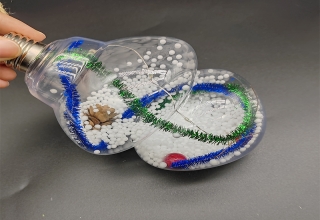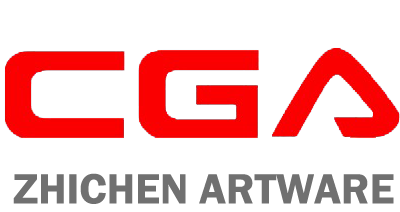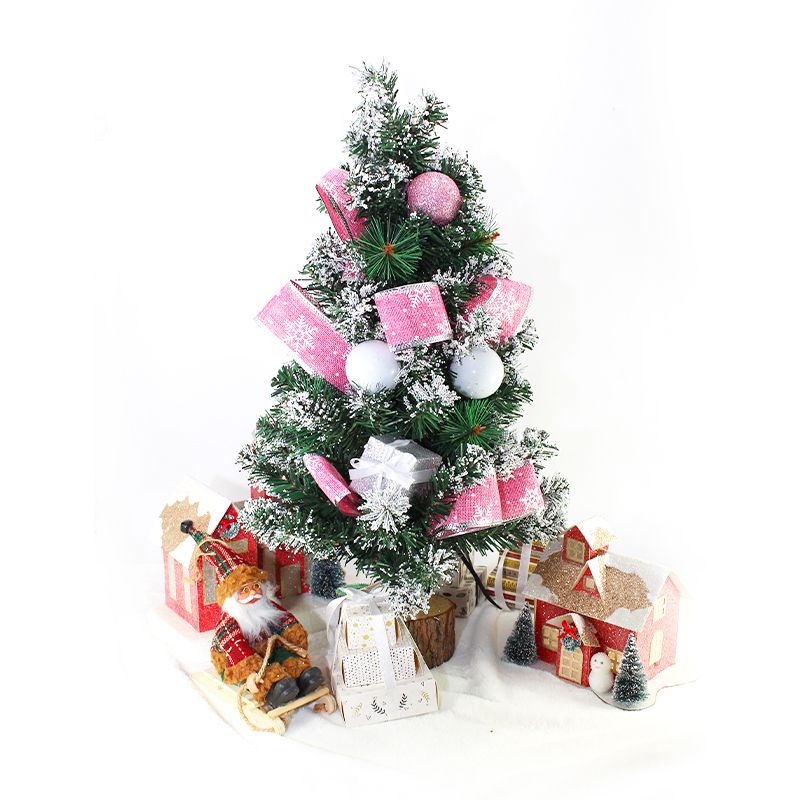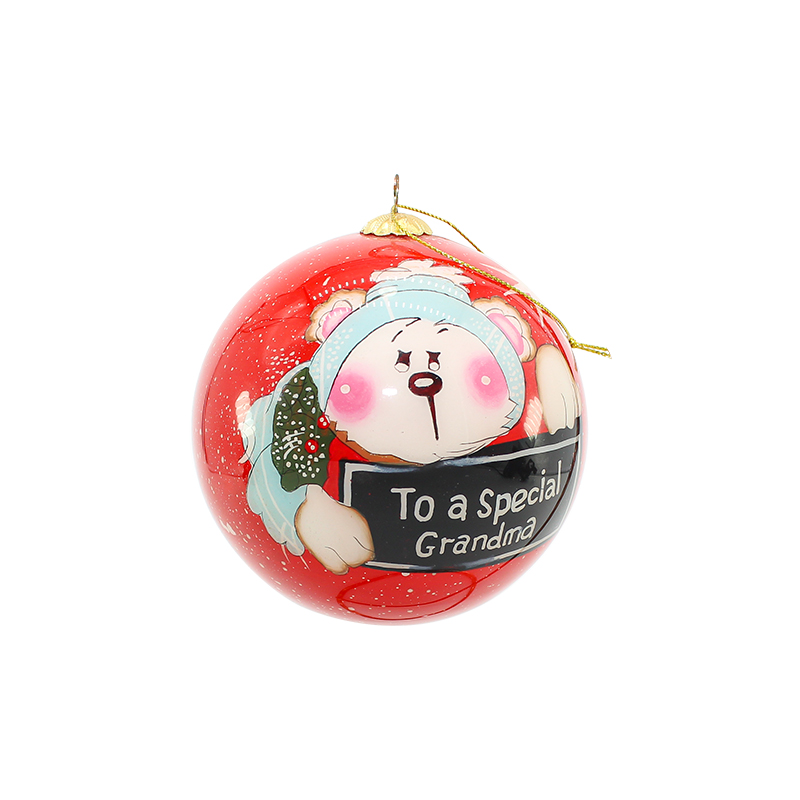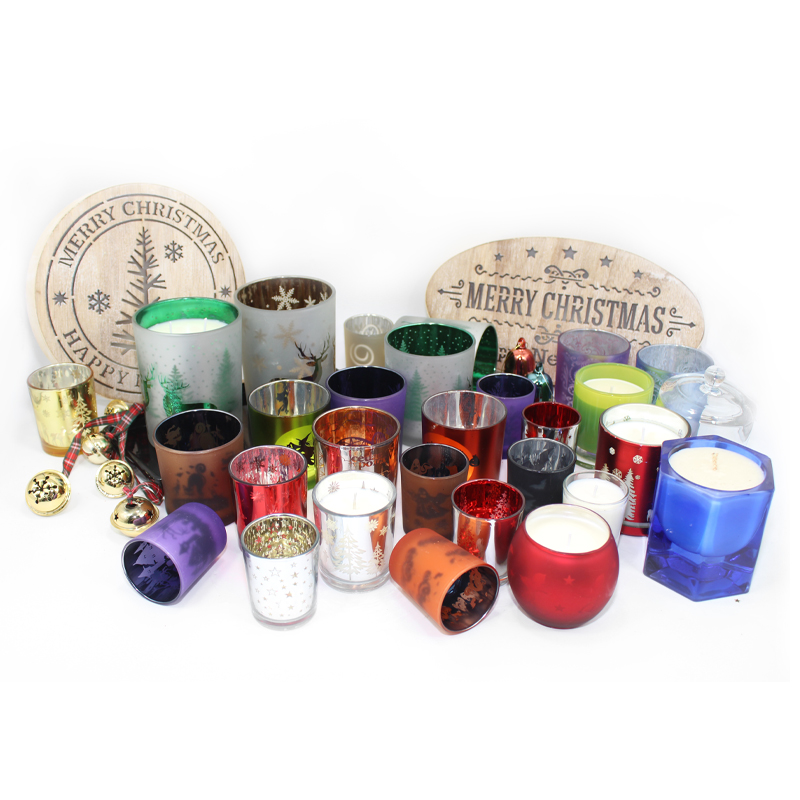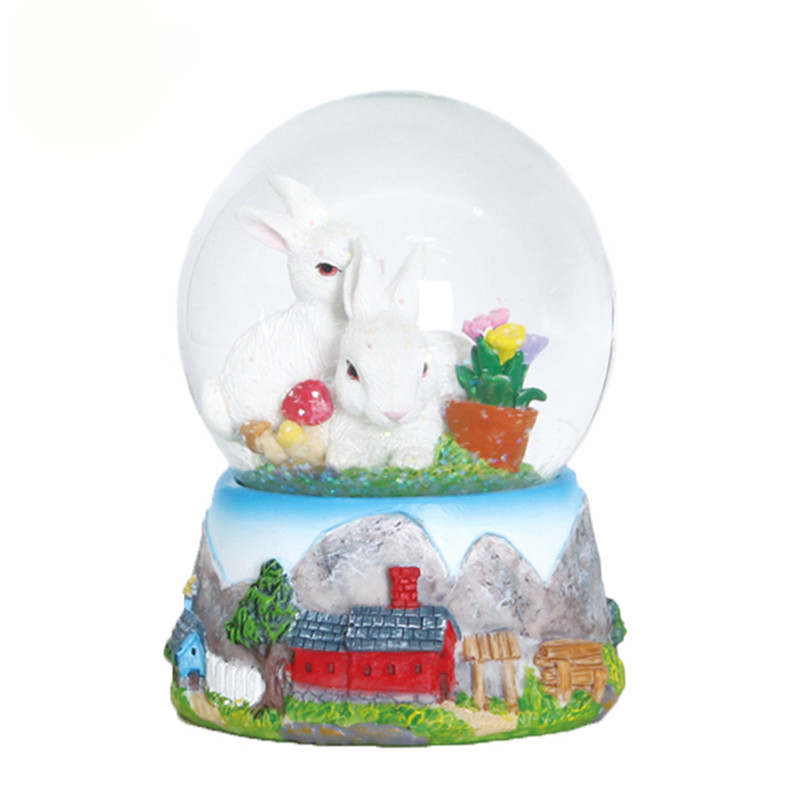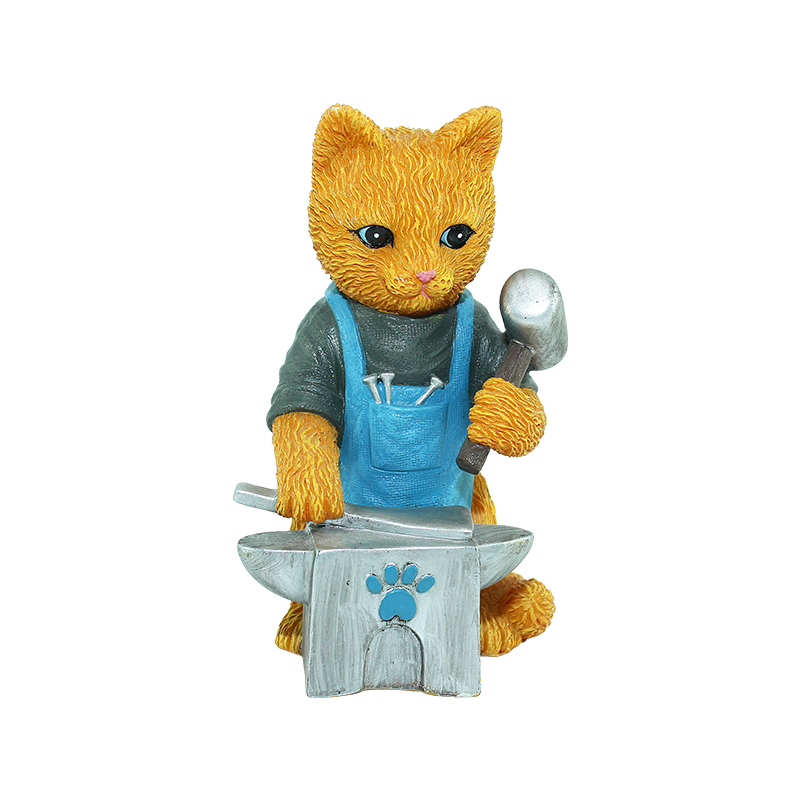News Center
In the Christmas season, many enterprises launch seasonal products through ODM (Original Design Manufacturing) or OEM (Original Equipment Manufacturing) cooperation modes to meet market demand. Here are 10 key nodes in the cooperation process:
I. Project Initiation and Demand Communication
This is the starting point. The brand or buyer and the ODM/OEM supplier discuss the product concept, covering functions, positioning, target market, and expected price. For example, if a brand wants to launch a Christmas - tree - shaped speaker with unique lighting and music - playing functions, it needs to explain these ideas, target customers (like young families), and price range to the supplier to assess feasibility.
II. Design Concept Evaluation and Confirmation
The supplier's design team evaluates the brand's concept. They analyze it from technical feasibility, production processes, and cost control. For the Christmas - tree - speaker concept, designers consider how to integrate speaker components with the tree structure while ensuring good lighting and music - playing functions. They may suggest optimizing the lighting layout to cut costs or enhance visual effects. The two parties finalize a feasible design concept for subsequent development.
III. Detailed Design Planning
This involves the product's appearance, internal structure, and circuit design (if electronic functions are involved). The appearance design incorporates Christmas elements, such as using traditional Christmas colors like red and green, and creating a 3D Christmas - tree - shaped speaker with detailed features like trunk texture, leaf shape, and ornament placement. Internal structure design ensures proper component layout, such as speaker placement and circuit board installation space, to guarantee functionality and easy assembly. Circuit design involves creating circuit diagrams to ensure proper operation of electronic functions like music playback and lighting control, while considering stability, safety, and electromagnetic compatibility.
IV. Design Review and Feedback
The brand reviews the supplier's detailed design. The review covers whether the appearance meets brand positioning and market demand, if the function design is complete and reasonable, if production is feasible, and if costs are within expectations. For instance, the brand may find a decorative part of the Christmas - tree - shaped speaker too complex and costly, or identify potential sound - quality issues due to internal structure. It gives feedback for the supplier to revise the design until both parties are satisfied.
V. Prototype Making
The supplier creates prototypes based on the finalized design. The process strictly follows design specifications and quality requirements. For the Christmas - tree - shaped speaker prototype, high - quality materials like wood for the trunk and plastic or metal for leaves and ornaments are carefully selected. The circuit is assembled and debugged according to the design to ensure smooth music playback and synchronized lighting with the music rhythm. After self - inspection for quality, including appearance and function checks, the prototype is submitted to the brand for testing and evaluation.
VI. Prototype Testing and Evaluation
The brand conducts comprehensive testing and evaluation of the prototype. Tests include function tests (sound quality, volume, music format compatibility, lighting brightness, color changes, and flashing frequency), appearance quality checks (surface defects, paint peeling, or loose parts), and performance tests (stability and durability under different environmental conditions). Based on the test results, a report is generated. If issues like poor sound quality or inaccurate lighting control are found, the brand gives feedback to the supplier for improvements until the prototype passes all tests and evaluations.
VII. Production Process Optimization and Preparation
After prototype approval, the supplier optimizes production processes to ensure efficiency and product - quality stability. This includes creating detailed production - process documents, specifying operation steps, technical requirements, and quality standards for each stage; debugging and maintaining production equipment to ensure proper operation; and screening and confirming raw - material suppliers for quality and supply stability. For example, in Christmas - tree - shaped speaker mass production, optimizing circuit - board production processes and adjusting speaker - shell injection - molding processes to reduce defects are carried out. Raw - material suppliers are also communicated with in advance to ensure timely and quality material supply.
VIII. Pilot Production
After process optimization, pilot production is conducted to verify process feasibility and stability, and to identify and address potential production issues. The process follows established production - process requirements, with real - time monitoring and data collection. Products from pilot production undergo comprehensive quality testing. If production - process issues are found, such as low assembly efficiency or quality fluctuations, adjustments and improvements are made. Pilot production helps refine production processes and quality - control systems for smooth transition to mass production.
IX. Quality Control System Establishment and Implementation
Establishing a strict quality - control system is crucial for mass - production product quality. The supplier develops comprehensive quality - inspection standards and processes, covering raw - material, work - in - process, and finished - product inspections. Raw - material inspections involve testing wood, plastic, electronic components, etc., to ensure compliance with standards and design requirements. Work - in - process inspections include function testing and appearance checks on semi - finished products like assembled speaker bodies and circuit boards. Finished - product inspections involve full - or sampling - inspection of mass - produced products for appearance, function, performance, and packaging. Quality issues during production are recorded and analyzed to continuously improve quality - control measures and enhance product quality.
X. Mass Production and Delivery
After preparation and verification, mass production begins. The process strictly follows the quality - control system and production - process requirements to ensure stable and efficient production. Upon completion, products are packaged with protective, attractive, and easy - to - transport designs. For example, Christmas - tree - shaped speakers are packaged in sturdy cartons with sufficient cushioning and printed with Christmas patterns and product information. Finally, products are delivered to the brand or buyer on time and at the agreed location. During delivery, proper transportation and logistics arrangements are made to ensure safe and timely product arrival.
These 10 key nodes are closely linked. Successful execution of each node ensures high - quality, on - time product delivery. Through close cooperation between both parties, smooth transition from concept design to mass production is achieved, providing high - quality Christmas - themed products for the market.

